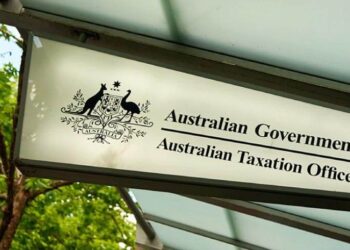ATO acting assistant commissioner Tara McLachlan said while the ATO is still awaiting further details on the government’s proposal to increase the number of members permitted in an SMSF, it’s clear that it could lead to additional complexity for some SMSF members.
“We are already seeing some light bulbs go off in terms of things that need to be considered,” she said speaking at a Tax Institute conference last week.
The proposal has been designed, she said, to provide greater flexibility to families and small businesses but SMSF practitioners and their clients will need to think about the impact additional members in the fund will have on investment decisions and liquidity.
“[Currently], the average SMSF has 1.9 members so it’s usually either a single member fund or a Mum and Dad scenario. When SMSFs have multiple members in there they will need to consider the requirements of each member at different stages,” she said.
“Where you have a younger generation that have got purely accumulation phase funds, you might look at a more aggressive investment strategy or look for capital growth where liquidity is not a problem. As opposed to retirement phase when you have to pay pensions and you’ve got liquidity needs. So it adds a level of complexity.”
Ms McLachlan said while it is a positive announcement, SMSF clients need to understand what they’re getting involved in and seek professional advice.
“I also wanted to mention some of the things I’ve heard around the traps in terms of the idea that when Mum and Dad pass away, they can then just push the benefits in their SMSF to the kids or whoever. That’s not going to be the case because death is a compulsory cashing condition,” she explained.
“If you’ve agreed to pay a lump sum to those beneficiaries, then it needs to come out. So that’s another liquidity issue that you need to think about. On the death of a member, you need to be able to liquidate [those assets] and get that money out of the fund.”
She also stated that the ATO was currently working with Treasury to address some of the issues with the government’s proposal to introduce a three-year audit cycle for SMSFs with clean audit history.
“The one thing that I can confirm about that proposal is that the SMSF will still have to have the whole three years audited in that third year. You don’t get to just skip it for year one and two so it will continue on, but there is still a lot of detail to work through with that announcement.”



We know who rules the country. The language is revealing. The Government “proposes” but the ATO dispose of its proposals.